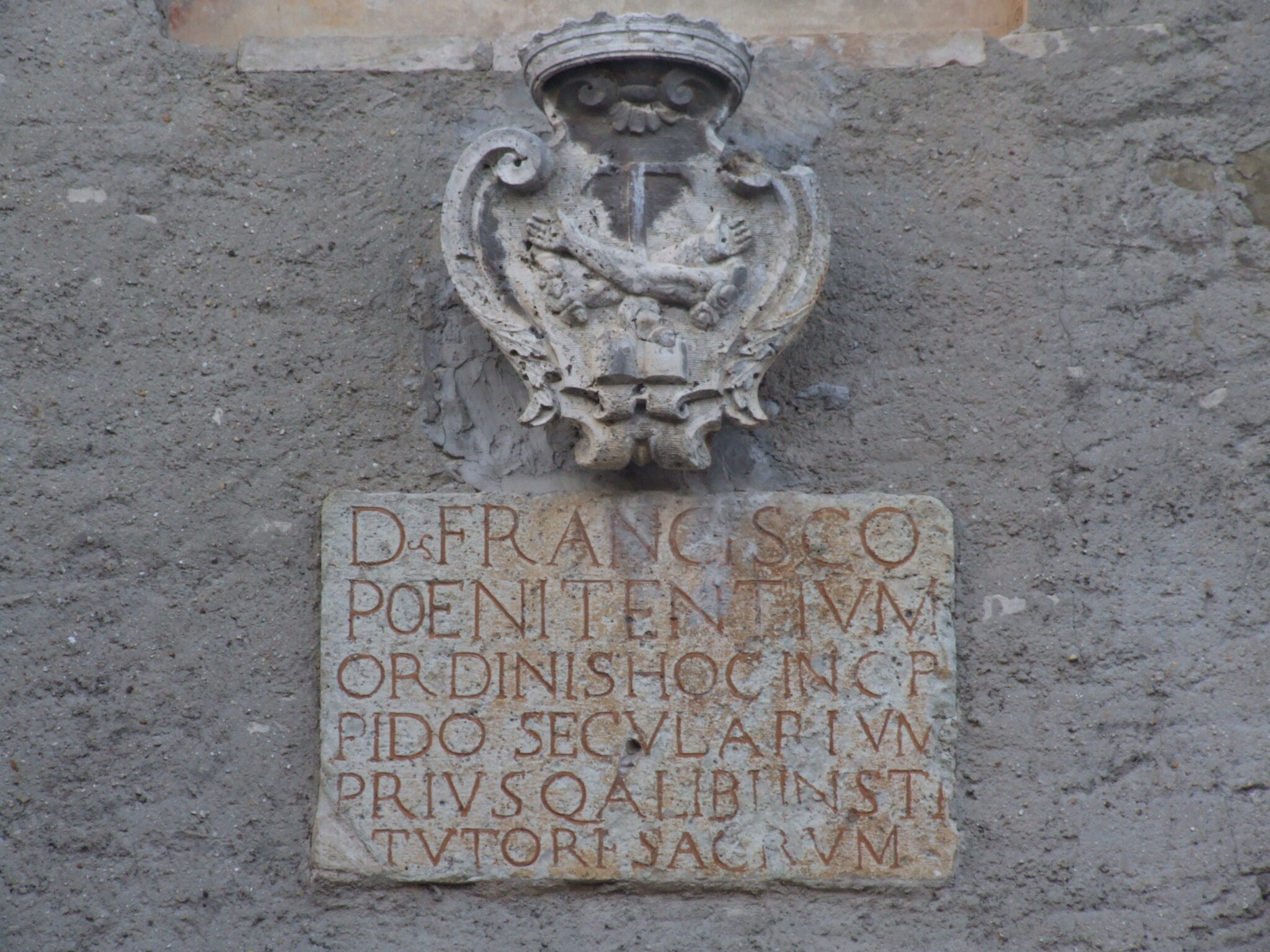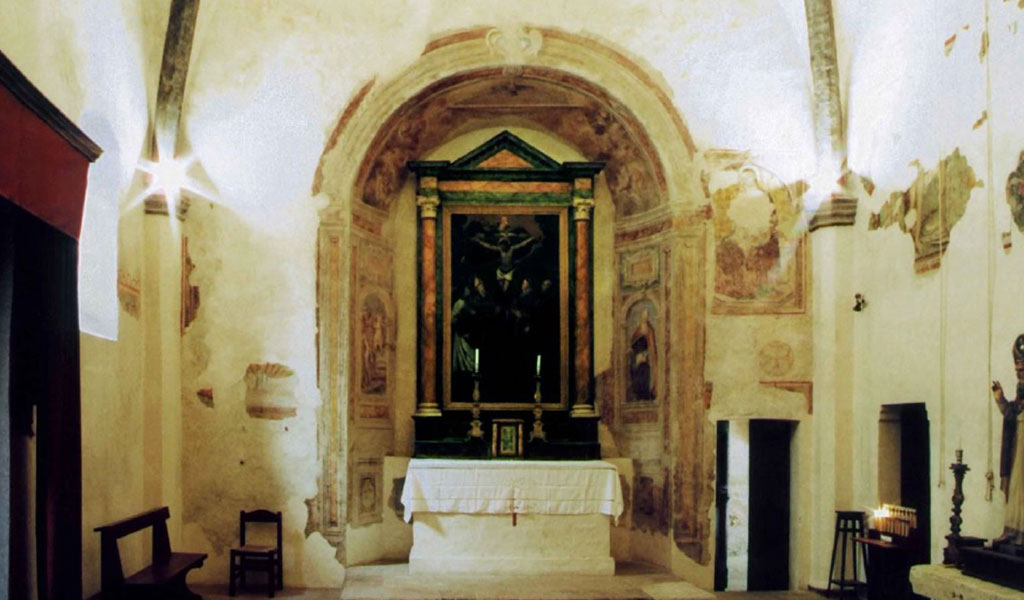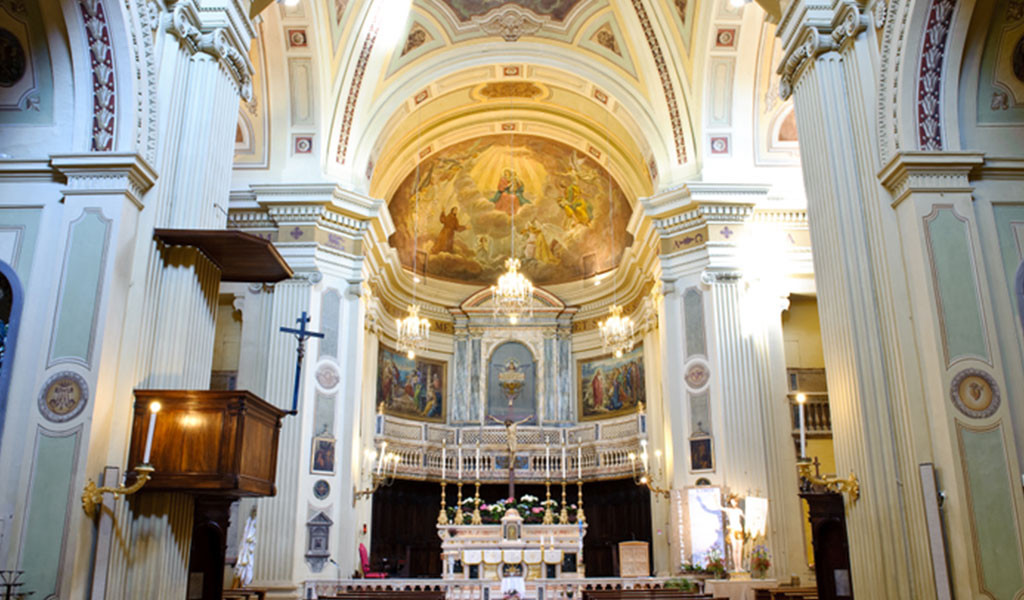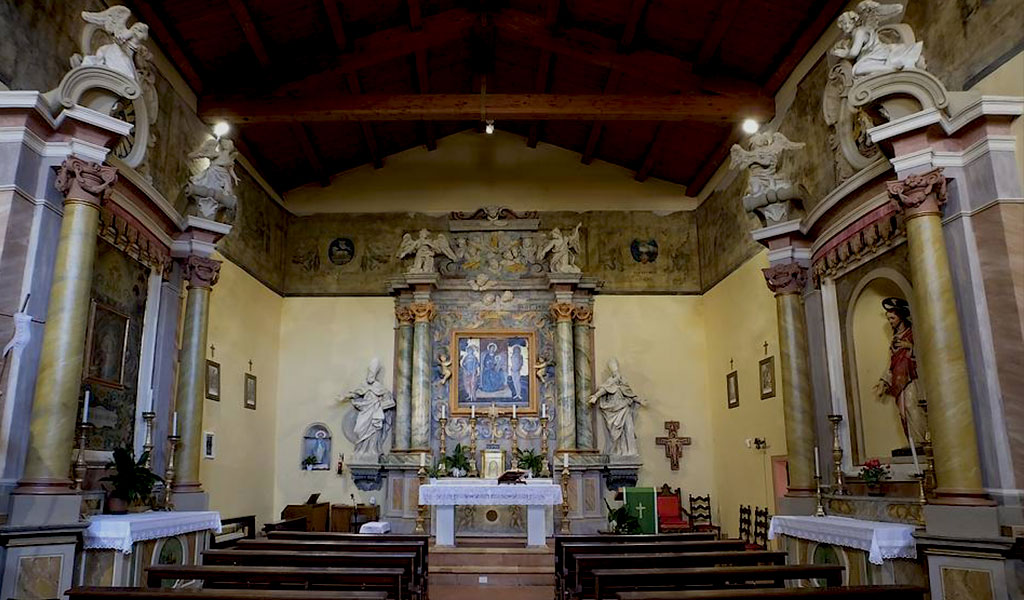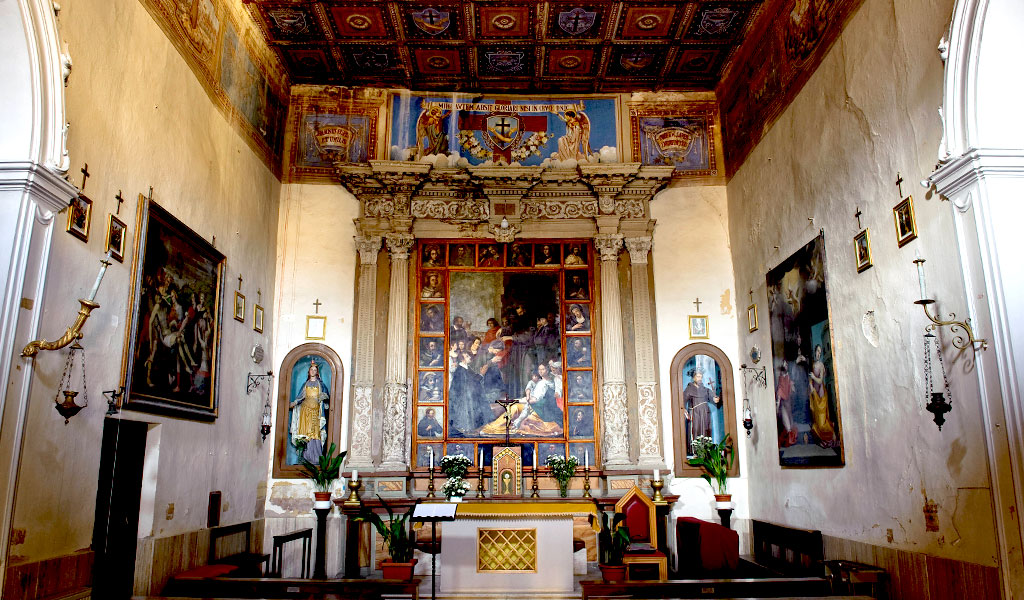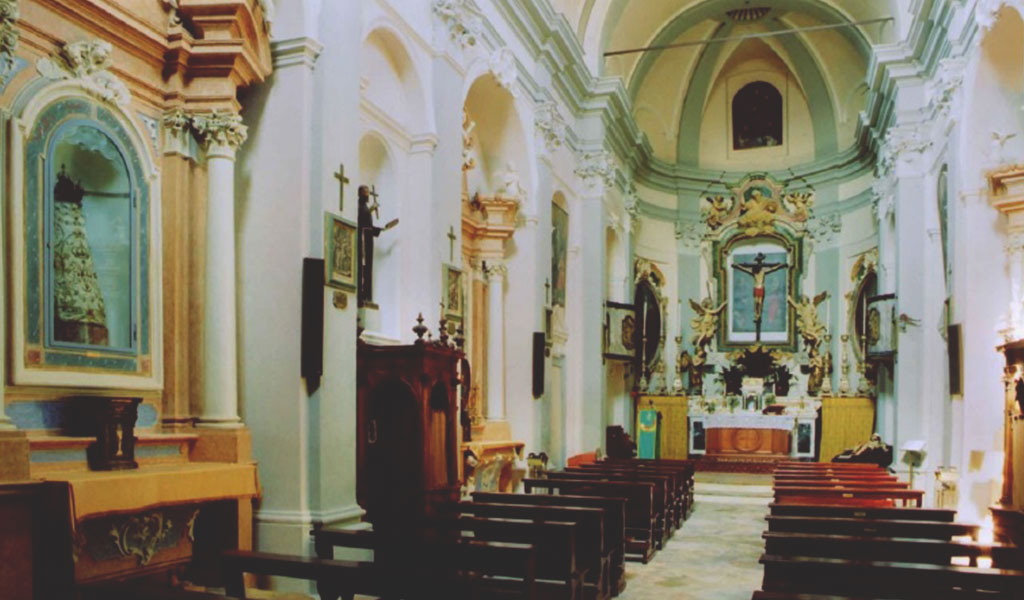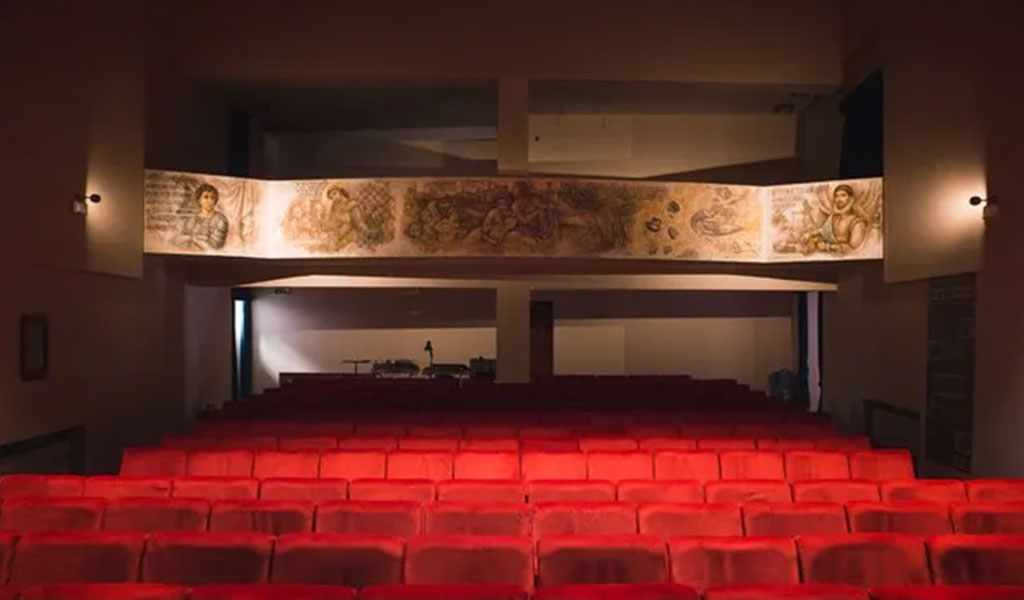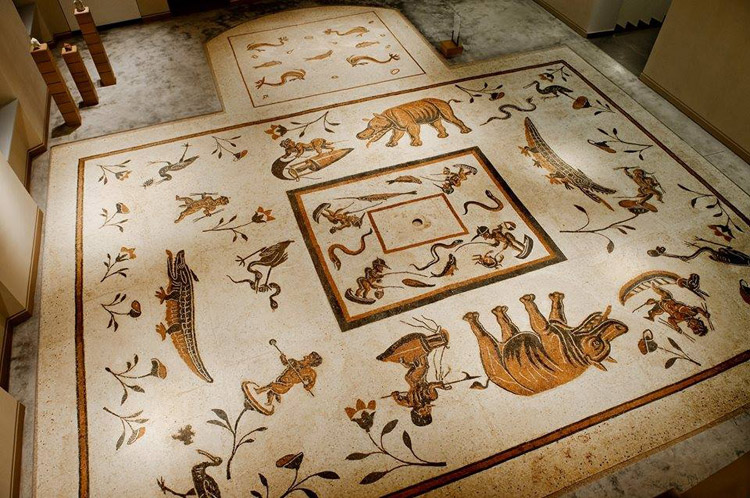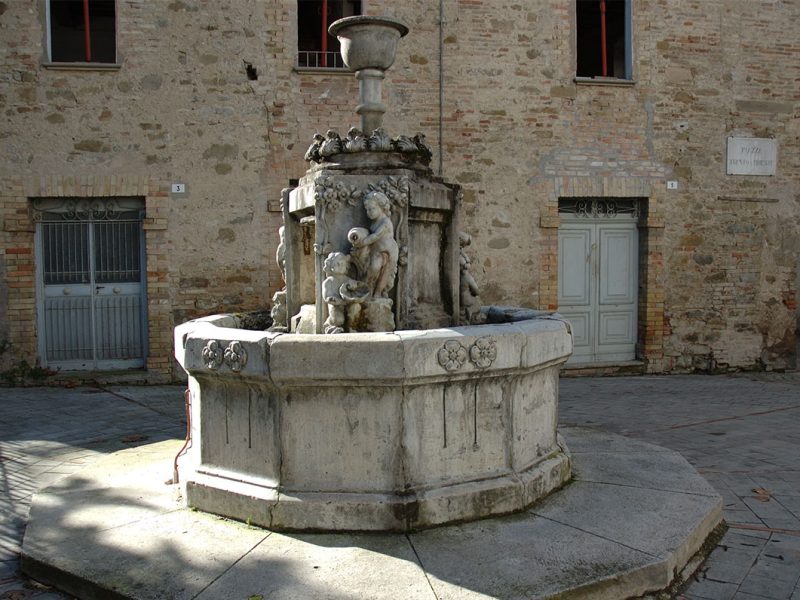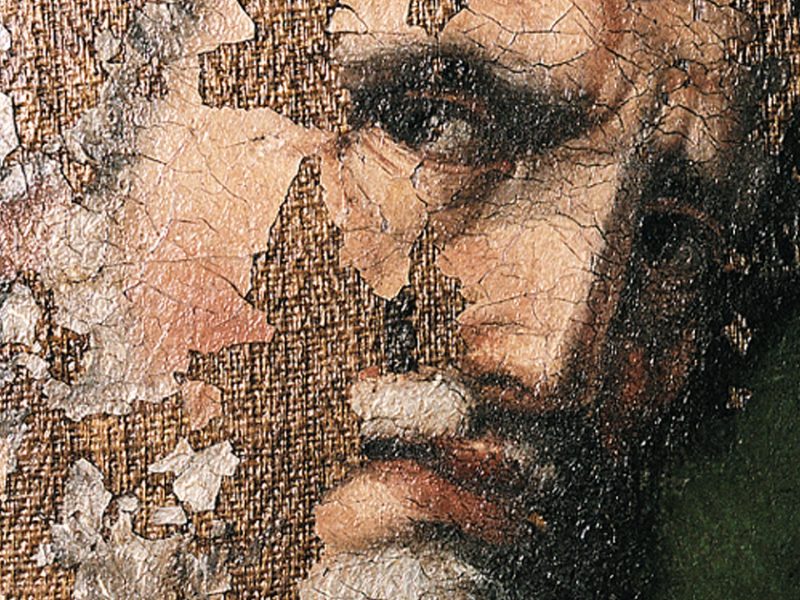Cannara

PROVINCE:
Perugia
WEB:
For tourist information:
Pro Loco
Via Umberto I
Tel: 0742 72177
Cannara
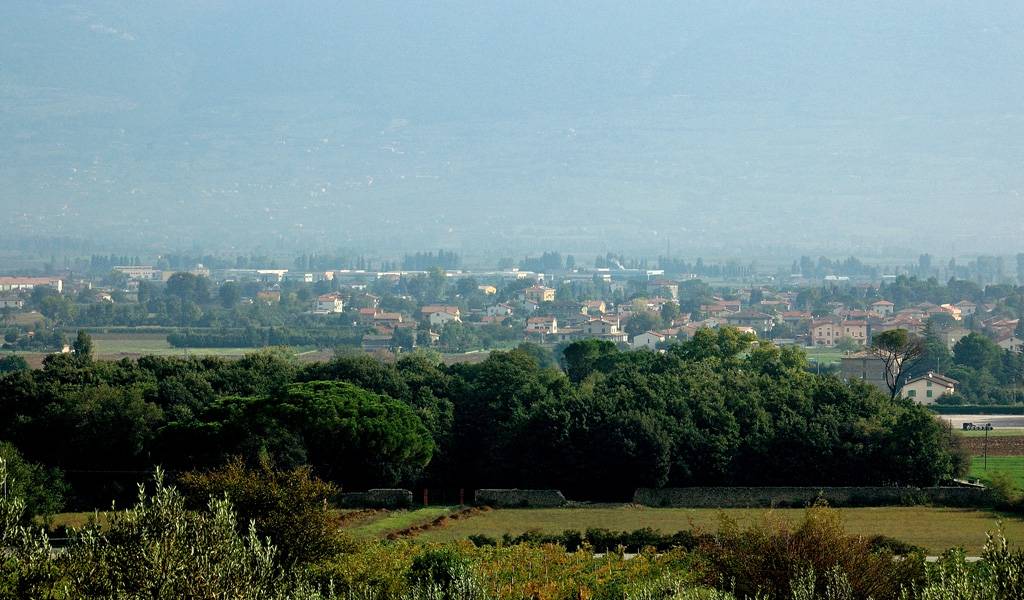
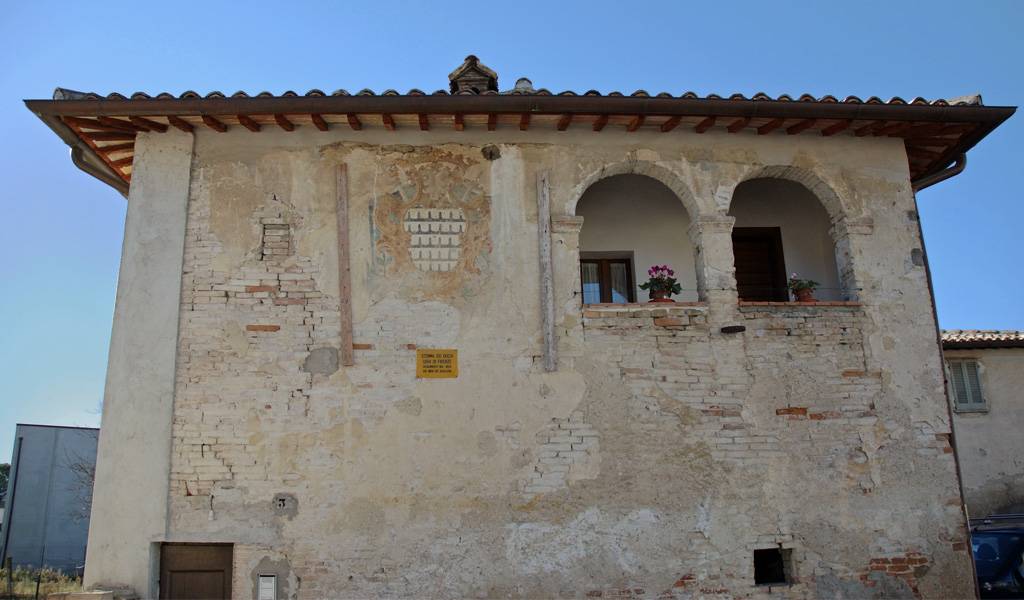




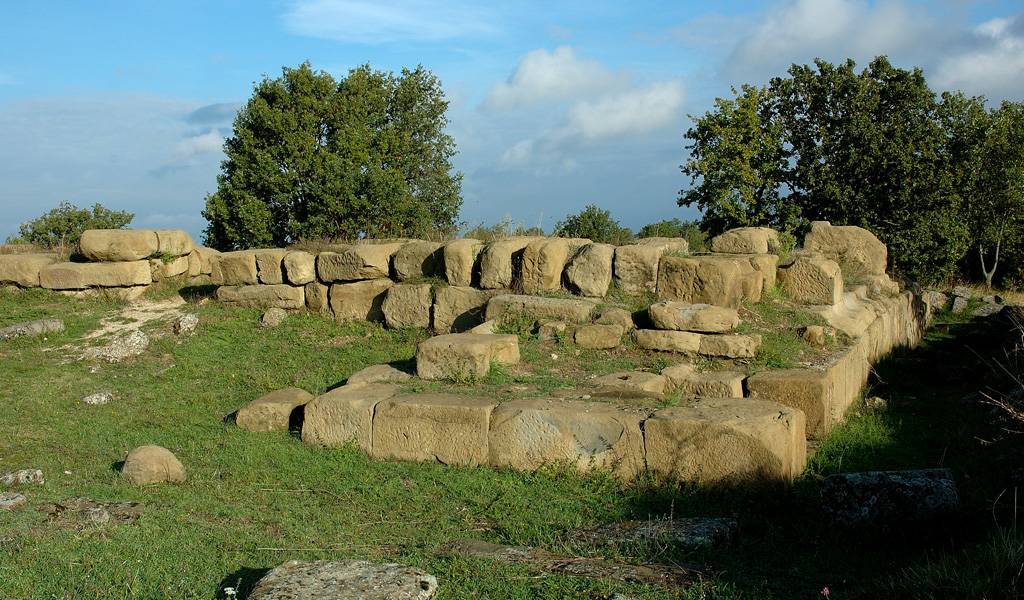
ACQUASPARTA è ISCRITTA A:

discovering the village
Cannara is a municipality in the province of Perugia located in the center of the Umbrian Valley, on the left bank of the Topino river. According to tradition, the name derives from the presence of numerous aquatic plants, reeds, typical of the marshy area generated in ancient times by the Topino.
The foundation of the city dates back to Roman times, as evidenced by the archaeological remains of a settlement called “Urvinum Hortense”, found in the nearby hamlet of Collemancio. These finds can now be visited in the Museo Città di Cannara, inaugurated in 2009 and located in the historic center of the city. Among the most important works is a mosaic with a Nile theme of sixty-five square meters, part of the baths of the Roman settlement, and which was found in 1932.

The historic center of Cannara, as well as its Town Hall, are evidence of the city’s medieval past. A municipality long disputed between Assisi and Perugia, it became a fiefdom of the Perugian Baglioni family in 1424, and remained there until 1648, when it came under the dominion of the Papal State.
Among the most important churches in the historic center, there is the Church of San Biagio. Dating back to the 12th century, it has a typical structure of the late Umbrian Romanesque, with a façade in two-tone white and pink stone. The interior, with a single nave, houses a splendid altarpiece depicting the Trinity with San Lorenzo and San Benedetto da Norcia, San Biagio and the Blessed Lorenzo Giustiniani.
Another church worth mentioning is the Church of Buona Morte, or of the Sacred Stigmata of San Francesco, located near the Museo Città di Cannara. The church visible today is the transformation of the ancient oratory, in which, according to tradition, Saint Francis conceived the Third Franciscan Order. Interesting is the presence inside the church of a statue with the features of the Black Madonna of Loreto.
Cannara is closely linked to the history and cult of Saint Francis of Assisi, to whom the Church of San Francesco was dedicated, built between the 15th and 16th centuries and in which there is a statue from 1660 representing the Saint. There are many places linked to Saint Francis, such as the hovel where he slept when he visited the city, currently part of the Palazzo Majolica Landrini, and the town of Piandarca. The latter is famous for being the place where the Saint gave the famous sermon to the birds. To signal the place to the numerous faithful and pilgrims, a shrine was built in 1926, which is located about three kilometers from the historic center, along the road that connects Cannara to Bevagna.
The religiosity of the city of Cannara is also demonstrated by the “Infiorata” event. Every year, on the day of Corpus Domini, a procession is celebrated during which a priest holding the Blessed Sacrament must trample on floral carpets set up the evening before by the citizens. This much-loved festival involves the entire population of Cannara, who participate in the choice of flowers and subjects depicted, generally linked to religious themes.
The onion festival is definitely not to be missed. Every year since 1981, at the beginning of September, the onion festival has taken place, one of the most important local products of the area. The purpose of the event is to promote the product, which is cooked in many different ways and offered for tasting in food stands scattered throughout the historic center. There are also street markets where you can buy this typical onion.

Curiosity: near Cannara, in the Collemancio area, there is a small church, now a ruin, called the Church of the Madonna del Latte. This name was due to the presence of a fresco, now kept in a room of the Museum of the City of Cannara, depicting the rare iconography of the Madonna del Latte, or a Madonna breastfeeding Baby Jesus. The church, presumably built in the 15th century, has been the object of pilgrimage for many centuries due to its alleged thaumaturgical function. In fact, it was believed that drawing water from the source inside the church would miraculously help breastfeeding.

